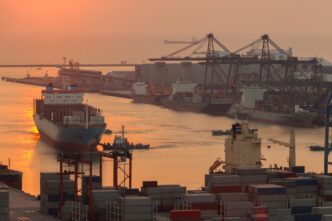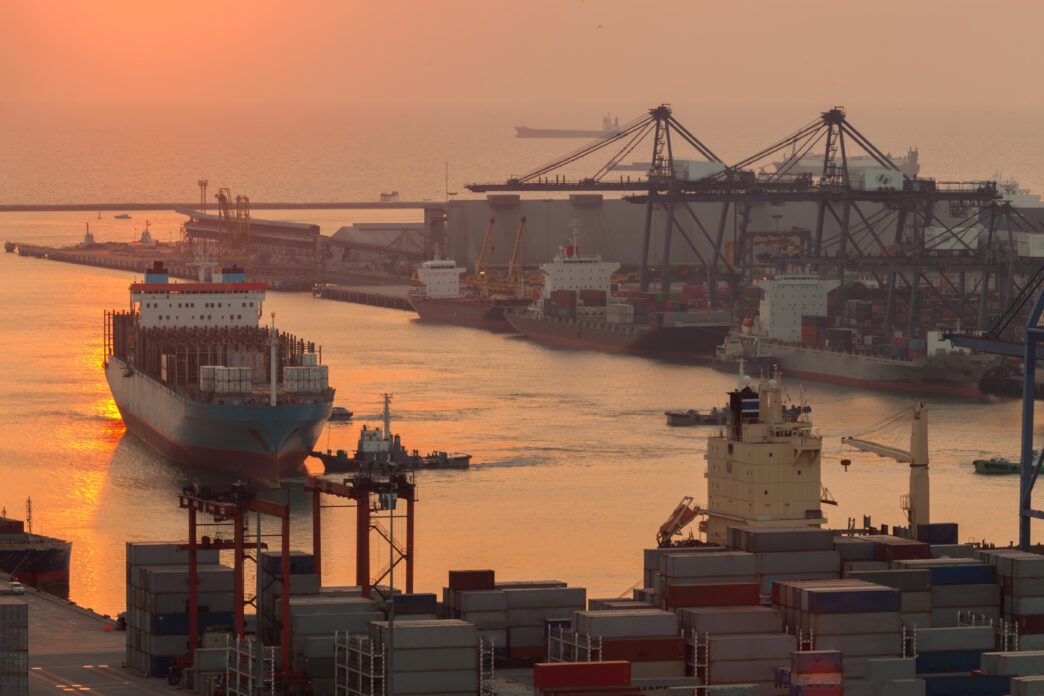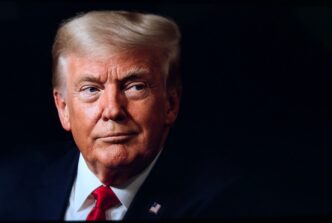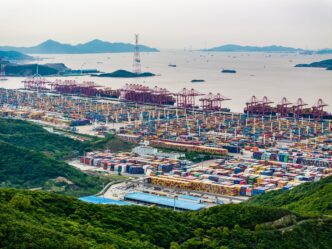Executive Summary
The Story So Far
Why This Matters
Who Thinks What?
China’s trade sector demonstrated significant resilience against increased US tariffs earlier this year by redirecting exports to alternative global markets, including the European Union, Southeast Asia, and Africa. This strategic pivot underpinned Beijing’s position in recent negotiations with the United States, culminating in an October truce between President Donald Trump and President Xi Jinping that reduced new tariffs on Chinese goods to 20%. Despite this diplomatic resolution, the maneuver has raised questions about the sustainability of China’s export surge and its impact on international trade balances.
Trade Diversification Amid US Tariffs
As US duties on Chinese imports escalated, many Chinese businesses, from intelligent cookware sellers to garment manufacturers, sought new markets to compensate for lost American orders. This adaptability allowed China, the world’s largest manufacturer, to significantly increase its exports to other regions, thereby building on its global economic footprint.
Chinese customs data indicates that while exports to the US declined by nearly 18% in the first 10 months of this year compared to 2024, exports to the European Union rose over 7%, to ASEAN countries by 14%, and to Africa by 26%. Overall, China’s exports increased by 5.3% during this period, despite an unexpected contraction of just over 1% year-on-year in October.
Underlying Factors for Resilience
Analysts suggest China’s resilience stems from its long-standing efforts to expand its global economic reach, including initiatives like the Belt and Road. Jacob Gunter, who heads the economy and industry program at the MERICS think tank, noted that China had been expanding markets even before the trade and technology conflict with the US began, a trend that has since accelerated.
The country’s rapid dominance in green technologies, such as electric vehicles (EVs), lithium-ion batteries, and solar panels, also fueled demand from countries seeking affordable renewable energy solutions. Furthermore, Chinese firms had previously invested in moving supply chains and production centers to regions like Southeast Asia and Mexico, which Yao Yang, dean of the Di-shui-hu Advanced Finance Institute, identifies as crucial for coping with trade shocks.
International Concerns and Pushback
Beijing’s trade resilience has prompted fears in other nations regarding a potential “deluge” of Chinese goods overwhelming domestic industries. World Trade Organization data shows a significant uptick in anti-dumping and countervailing probes against Chinese goods, with the US, India, Mexico, and Brazil initiating 79 such investigations in the first half of this year.
Rebecca Sta Maria, director of the Institute for Democracy and Economic Affairs in Kuala Lumpur, described concerns in Southeast Asia about a “tsunami of Chinese goods.” Diego Rodriguez of Americas Market Intelligence highlighted that some Latin American countries are pushing back against Chinese investments that bring only assembly operations without technology or knowledge transfer, leading to concerns about deindustrialization.
Challenges for Chinese Exporters
Despite the overall trade figures, many individual Chinese manufacturers have faced significant challenges. Garment maker Zhang Peipei reported “serious and irreversible long-term impact” from unpredictable US tariff policies, leading to canceled shifts, furloughs, and job losses in some factories.
Questions also persist about whether China’s robust trade data reflects true demand or a short-term strategy of stockpiling goods or transshipping them through third countries to bypass tariffs. Gerard DiPippo, a senior researcher at the RAND China Research Center, noted that an analysis from April to July suggested nearly a quarter of China’s diverted trade might still be ultimately reaching the US.
DiPippo also cautioned that the high volumes of Chinese exports might be maintained by reducing prices, thereby squeezing the margins of Chinese exporters.
Outlook and Domestic Focus
The recent truce between President Trump and President Xi Jinping has set tariffs on Chinese goods at an average of approximately 47%, potentially allowing for a return of some US business. However, amidst ongoing global economic uncertainty, a key focus for China’s government and industries is expanding domestic consumption of locally made goods.
For businesses like Derek Wang’s cookware company in Guangdong, the shift towards China’s domestic market is becoming a primary strategy, supplementing new international clients acquired during the period of heightened US tariffs.








